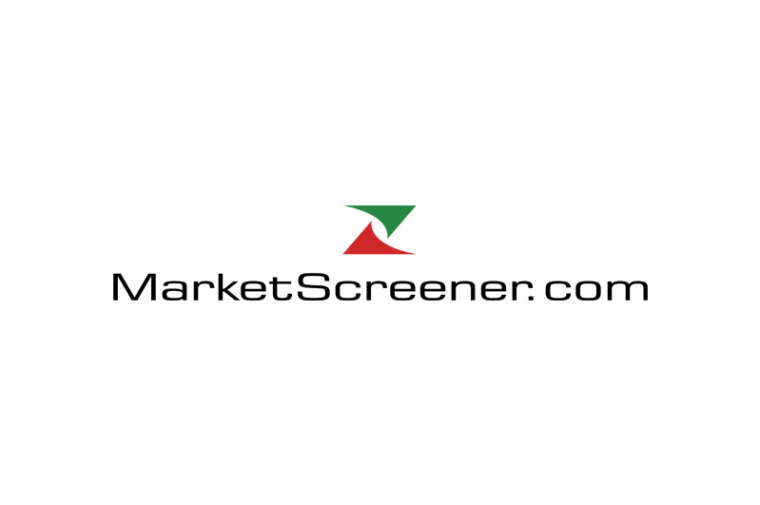The work-from-anywhere world is going through radical transformation yet again.
Workers today are less occupied by decorating their home offices with ring lights and otherwise making remote work sustainable. Instead, they are settling into a ‘new normal.’
At Salesforce, we are meeting this transformation with a simple approach: a work environment that provides employees with flexibility to work from anywhere while also having access to our offices that will provide a home base for in-person connection and interaction. (I would be remiss if I didn’t acknowledge the many industries, like transportation, hospitality, retail, grocers, and others that have been conducting work in-person throughout the past 18 months. For that, we owe much gratitude.)
CIOs played a critical role in enabling many to work remotely over the past 18 months, and we now have a central role to play in safely navigating the new, hybrid workplace.
From the vantage point of a CIO, adapting to a combination of a hybrid and full-time office model might start with assigning, sharing, supporting, and even sanitizing the right IT equipment for the job, but that won’t ensure employees are productive or empowered. That work requires innovative solutions that puts all employees on equal footing while preserving – and enhancing – productivity.
In fact, what perhaps should be keeping CIOs up at night is bridging the gap between remote and in-person employees in a way that ensures they can all be at their best, most efficient selves – no matter what device they are using or where they are logging in from. And, enabling both cadres of employees to work effectively together internally, as well as with various external partners.
Here at Salesforce, we’ve prioritized health and safety and taken a science-based approach to reopening to ensure that our employees, customers, and partners feel safe and supported in our offices and surrounding communities. Since closing our offices last March, we’ve safely reopened offices across Asia Pacific, Europe, and the U.S., and introduced vaccinated cohorts, where fully vaccinated employees can opt-in to work in one of our locations.
For the third installment in our CIO Cabinet Series (see here and here for parts one and two), I’ve asked the braintrust to share their insights on the new hybrid work model and tell us how to help employees thrive while going through yet another transition.
Q. What new technologies and processes should CIOs consider to help their employees be successful from anywhere – in the office, remote or a hybrid combination of the two?
‘Data analytics, engagement and integration are the three principal needs for enterprise technology today. With that in mind, one of the key questions that CIOs have to consider is creating engagement across unconnected old systems, since much of the data for our work is run on legacy systems. The other piece of the data puzzle is building an understanding of the big picture, by answering questions like, how satisfied are our customers? What is the cycle time for the work we do? Where are the bottlenecks? All of that requires insights from data and the ability to analyze it in a way that lets you understand the full 360 degree view of your work.’ Casey Coleman, SVP of Global Government Solutions, Salesforce, fmr. CIO, GSA
‘I see more changes coming around the human-machine interface. For example, I imagine voice is going to become a bigger part of our work – much like the keyboard and mouse did decades ago. Even if we have great automated diary bots right now, they usually only play nicely within the company. But some bots can schedule meeting times with a customer’s bot. Soon those same bots will be able to choose a convenient cafe that serves the kind of coffee everyone liked by coming to the meeting. The rise of these intelligent systems capable of resolving simple business problems for employees will be a big next step.’ Craig Walker, SVP, Strategic Customer Advisor (former CIO, Shell)
‘Because OwnBackup was born in the cloud, our business application strategy already centers around a SaaS model. Therefore, deploying our software is less cumbersome and almost real time. However, the challenges that have surfaced during the pandemic related to chip shortages and supply chain constraints resulted in our rethinking how to reliably and efficiently deploy hardware like computers on demand to users around the globe. We needed to take a closer look at our procurement processes and our ability to deploy an MDM strategy to enhance how we support and securely manage end-user devices.’ Leo Minervini, CIO, OwnBackup
‘I have seen a lot of activity around chat platforms and video conferencing, which weren’t new, but they became central to how employees engage.’ Federico…




